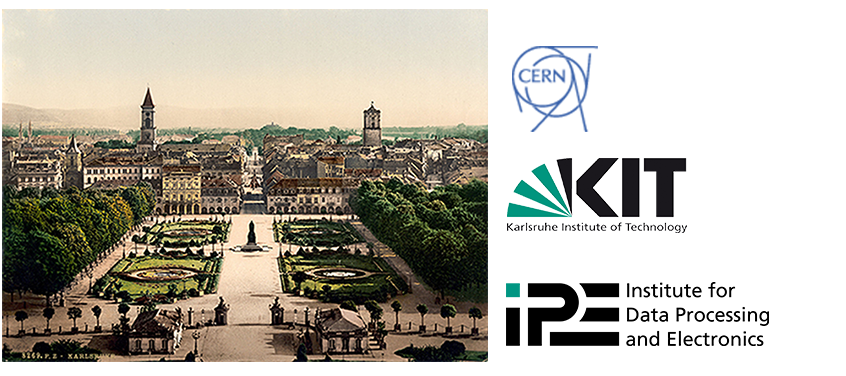Speaker
Description
The increase of luminosity expected by LHC during Phase1 will impose several constrains for rate reduction while maintaining high efficiency in the CMS Level1 trigger system. The TwinMux system is the early layer of the muon barrel region that concentrates the information from different subdetectors: DT, RPC and HO. It arranges and fan-out the slow optical trigger links from the detector chambers into faster links (10 Gbps) that are sent to the track finders. Results, from collision runs, that confirm the satisfactory operation of the trigger system up to the output of the barrel track finder, will be shown.
Summary
In view of the increase of luminosity during Phase1 upgrade of LHC, the muon trigger chain of the Compact Muon Solenoid (CMS) experiment underwent considerable improvements. The muon detector was designed for preserving the complementarity and redundancy of three separate muon detection systems, Cathode Strip Chambers (CSC), Drift Tubes (DT) and Resistive Plate Chambers (RPC), until they were combined at the input to the Global Trigger. The upgrade of the muon trigger aimed at exploiting the redundancy of the three muon detection systems earlier in the trigger processing chain in order to obtain a high-performance trigger with higher efficiency and better rate reduction. Since every additional hit along a muon trajectory further improves the fake rejection and muon momentum measurement, the upgrade seeks to combine muon hits at the input stage to the Muon Track-Finders layer rather than at its output. All the hits should then contribute to the track irrespectively of the sub-system that detects them. The upgrade introduced a regional segmentation that treats muon tracks separately depending on η. It distinguishes a barrel region (low η), an endcap region (high η) and a transition region between them (|η|~1) called overlap. In the new muon trigger chain, the adaptive layer for the track finder in the barrel region is called TwinMux. It allows for bringing forward the merging of the DT, RPC and HO (HCAL Outer barrel) trigger primitives, unburdening the trigger processors. TwinMux is charged of sending such combined primitive to the Barrel Muon Track Finder (BMTF) and, in addition, also the RPC and DT data uncombined are sent to the Overlap Muon Track Finder (OMTF) after applying a clusterization of the RPC hits. In both cases a scale up in the transmission rate, and hence a reduction in the number of links, is provided. TwinMux is also responsible for duplicating the trigger primitives in order to reduce connections between trigger processors increasing the reliability of the system. In the barrel region the combined primitives are sent to the BMTF that implements the legacy trigger algorithm of the DT track finder with the addition of several improvements in rate reduction at higher efficiency and quality. For instance BMTF implements an extension of the legacy algorithm for the Pt assignment that using the primitive bending angle obtains a factor 1.5 gain in rate for typical thresholds and the same efficiency at plateau for prompt muons. Moreover the BMTF reduced the legacy algorithm latency running at a speed three times faster than the legacy hardware. Both TwinMux and BMTF are single slot double-width and full-height μTCA board based around a Virex-7 FPGA and embedding the optics for high speed data transmission (up to 13Gbps). The BMTF board is an MP7 card (multipurpose hardware wide used in the trigger upgrade of CMS) while for the TwinMux a custom hardware development was necessary since the DT on-detector electronics transmit data at a low rate requiring a deserialization done by the standard I/O input of the FPGA.
